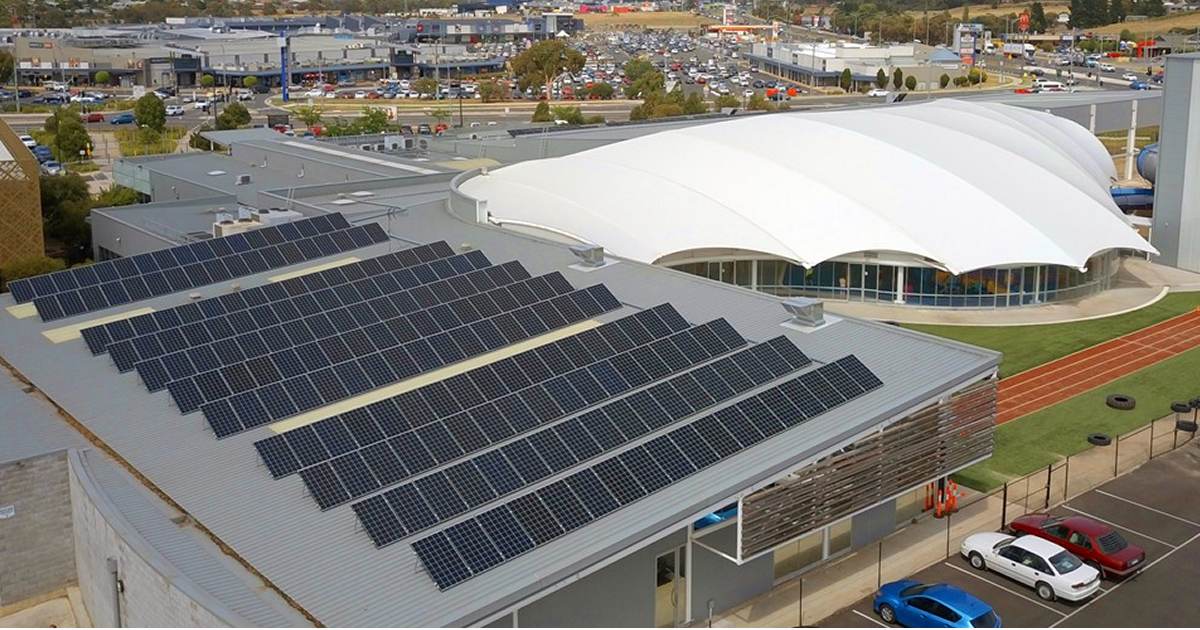
The City of Greater Geelong is signing on to the United Nations’ Cities Race to Zero climate action campaign.
Cities Race to Zero is occurring globally under a broader Race to Zero campaign involving leadership and support from cities to build momentum around the shift to a decarbonized economy ahead of COP26.
“This will send governments a resounding signal that cities, regions, businesses and investors are united in meeting the Paris goals and creating a more inclusive and resilient economy.”
Cities Race to Zero has a goal of recruiting 1,000 cities – and more than 730 have already signed on.
Among the elements, signatory cities publicly endorse recognition of the global climate emergency, commit to putting inclusive climate action at the centre of all urban decision-making and to report on action, plus pledge to reach net-zero emissions by 2050 at the latest.
The City of Greater Geelong is already well along this path, declaring climate change a global emergency in 2020. It has also finalised its Climate Change Response Plan, setting a net zero emissions target for Council operations by 2025 and community-wide net zero emissions by 2035.
“We have committed to becoming a zero-emission, climate-ready city and region, which maintains green spaces, protects and enhances our biodiversity, improves integrated water management through planning and design,” said Councillor Belinda Moloney. “Standing beside other communities across Australia and around the world by making a global pledge reaffirms that commitment.”
Renewables Helping Geelong Win The Race
By late July this year, Council had installed more than 1MW of solar power capacity across 27 of its facilities. It is also a member of the Victorian Energy Collaboration (VECO), which is providing 46 councils in the state with 100 per cent renewable energy from a wind farm until the end of 2030.
The VECO initiative isn’t just an emissions reduction exercise, but an energy cost reduction effort as well. Council expects to save up to 22 per cent on the City’s electricity bills through its participation in VECO.
“Every dollar we save on energy bills is a dollar we can put towards improving roads, footpaths, libraries or community programs,” said Greater Geelong Mayor Stephanie Asher back in May.
While it now has 100% renewable electricity supply for its operations, Council will continue to install behind-the-meter solar systems on City-owned buildings. Beyond that it will also support community-owned renewable energy initiatives, and implement initiatives supporting the uptake of clean technologies, renewables and climate positive solutions by business and the community by 2023.
According to the Australian Photovoltaic Institute (APVI), there had been approximately 25,536 solar installations in the Greater Geelong local government area to the end of September this year. The vast majority of these installations have been under 10kW (24,544), with 981 in the 10-100kW range and 11 more than 100kW capacity.
APVI estimates approximately 20.9% of freestanding and semi-detached dwellings have had systems installed, so there are still plenty of rooftops in Geelong that could be benefiting from the emissions and power bill busting benefits of solar energy.
If you live in Geelong and are thinking about going solar; there are a bunch of businesses that can help you do so – check out a list of SolarQuotes-approved Geelong solar installers here.
Victorians are particularly lucky when it comes to solar as they not only get to take advantage of the national solar subsidy, but also Victoria’s solar panel rebate.

 RSS - Posts
RSS - Posts



It’s good to see another LGA actually ‘doing something’ that helps its ratepayers meet the many challenges associated with climate change impacts..
Ratepayers in the area are also affected by the fact that drinking water supply and demand has been affected by droughts, also been exacerbated by population growth, plus a potential seasonal peak demand from internal Victorian tourism when some 500,000 or so extra bodies make their way to the Sun Coast.
So in a roundabout way, the Greater Geelong Council is also helping it’s struggling permanent resident ratepayers meet their increasing drinking water usage and supply costs, which the Council has little if any real control over.
Barwon Water Corp, the water authority for much of regional Victoria seems to be on-board too though, if this webpage of theirs is any guide.
https://www.yoursay.barwonwater.vic.gov.au/deliveringthefuture
My main point is – I wouldn’t be too critical about the ‘subsidies’. Not only do they meet a real need, it also helps considerably in demonstrating to Greater Geelong :LGA voters that the Council is genuinely committed to it’s 2035 net zero target, that it’s not just empty rhetoric.
As well, the continuing cost savings and income streams also help fund future projects